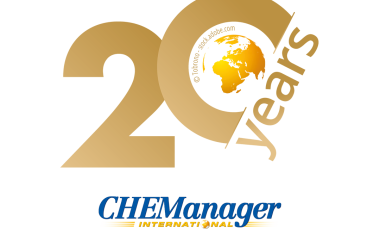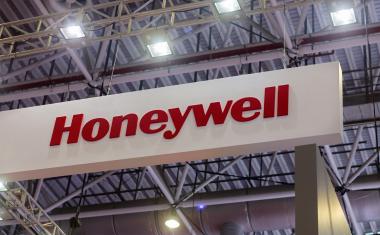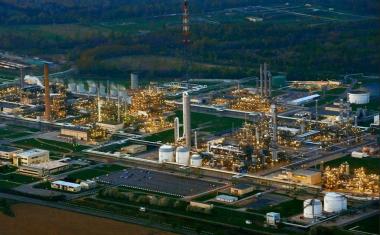Australia Says Shale Could Double its Gas Resources
Australia, the world's fourth-largest exporter of liquefied natural gas (LNG), could have enough shale gas resources to double its gas resource base and expand its growing export industry, a government report said on Monday.
Australia has around 390 trillion cubic feet in gas resources, excluding shale gas, ranking third behind coal and uranium as the country's largest energy resource, according to the report conducted by Geoscience Australia and the Australian Bureau of Resources and Energy Economics.
"While exploration for shale gas in Australia has only recently commenced and resources are poorly understood, shale gas could potentially double Australia's gas resources," Resources Minister Martin Ferguson said in a statement.
The shale gas resources, which are primarily in central Australia, are estimated at around 400 trillion cubic feet, Ferguson said.
Australia is expected to surpass Qatar as the world's top LNG exporter by the end of the decade with around $170 billion worth of projects under construction.
"Importantly, this report reconfirms Australia's capacity to continue to be a major gas exporter supplying the world's growing demand for gas well into the future," Ferguson said.
Australia exported 20 million tons of LNG valued at A$10.4 billion ($10.47 billion)in the 2010-2011 financial year. Exports are forecast to grow by 19% in 2012-2013 as production from Woodside Petroleum's new Pluto LNG project comes online, Ferguson said.
Australia is also releasing 27 areas across the country for petroleum exploration, Ferguson said later on Monday at an oil and gas industry conference in Adelaide.
The release includes acreage in large frontier basins as well as smaller blocks in more mature areas, Ferguson said.
Exploration of Australia's shale gas reserves has sparked speculation that it could fuel Australia's next wave of energy growth after the country's booming coal seam gas industry.
However, some experts believe that significant output is still years away as high costs, a growing shortage of labour, and environmental concerns hinder development.
Although investment is rising, including on exploration from firms such as ConocoPhilips, commercial output is not expected until at least the next decade, Wood Mackenzie vice president of Australasia Energy Consulting Andrew McManus said.
"Although companies have access to large acreage positions at relatively low cost at the concept phase, they will need higher capital investments as hundreds of wells may be required for commerciality," McManus said in a statement.
Development could also face further challenges from environmental concerns. Extraction of gas from shale requires large amounts of water and chemicals, which has led some governments to ban one of the extraction technique known as hydraulic fracturing or "fracking".
Shale gas development in the United States has turned the gas market there from shortage to glut, and cheap U.S. LNG export projects are soon expected to provide stiff competition for Australian LNG export developments.
The U.S. Energy Information Administration estimates that China holds the world's largest shale gas reserves, with 1,275 trillion cubic feet, followed by the United States at 862 trillion cubic feet.
Australia has the sixth-largest shale gas reserves, according to a U.S. government study issued in 2011.













